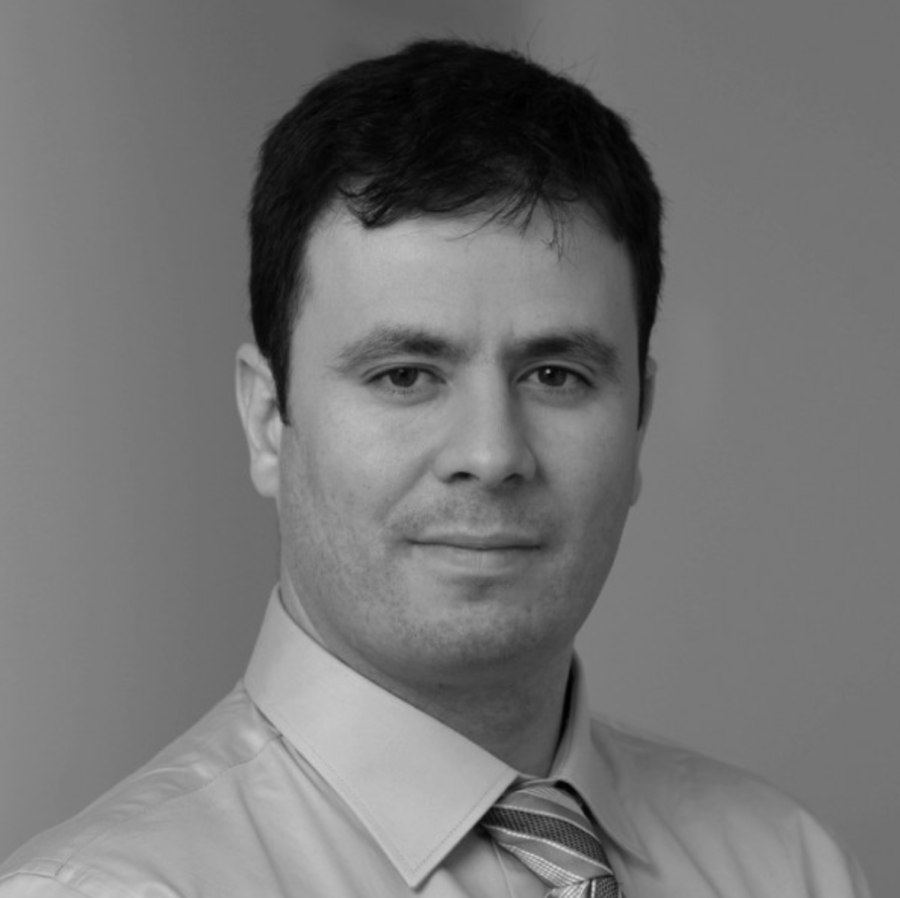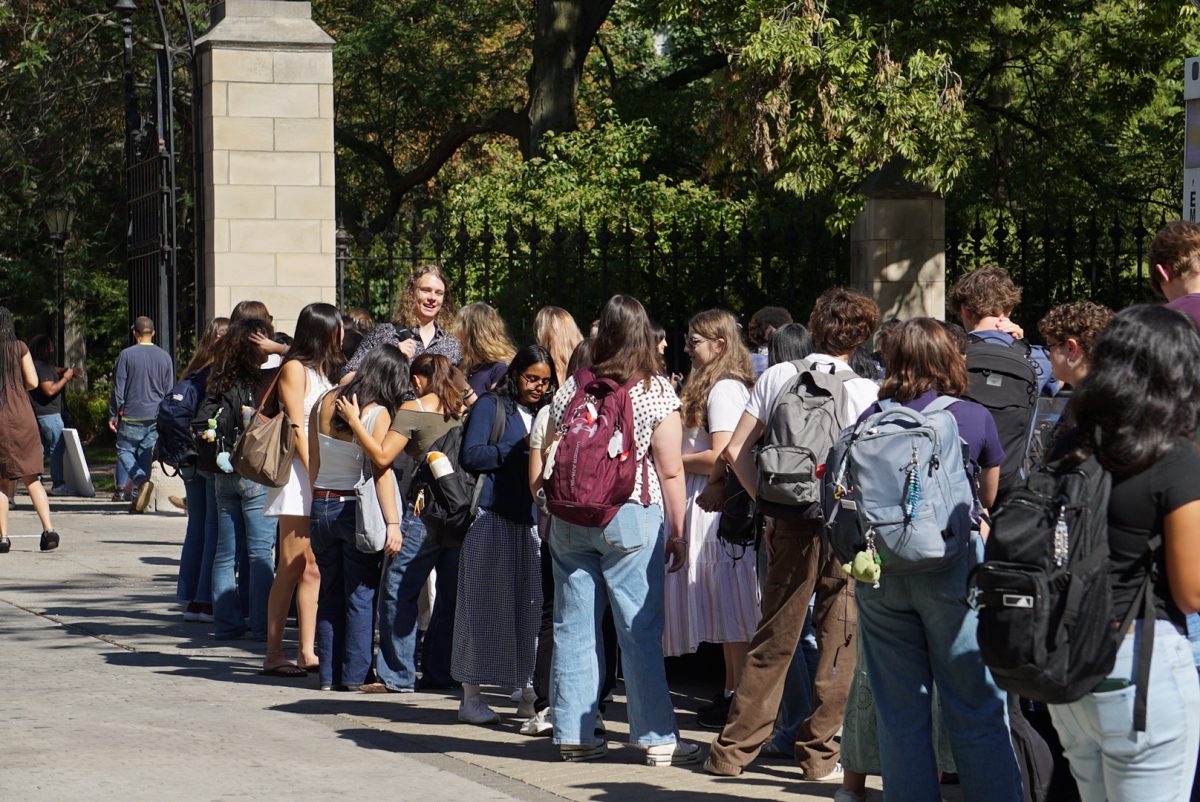Over the past month, professor Savas Tay of the Pritzker School of Molecular Engineering and his team have pivoted their research to investigate coronavirus testing and treatment strategies.
The Tay Lab usually collaborates with Dr. Nishant Agarwal in the Department of Surgery and Dr. Evgeny Izumchenko in the Department of Medicine, working on virus detection by digital polymerase chain reaction (PCR). This technique amplifies very small amounts of viral nucleotides, the molecules that construct DNA. Digital PCR can detect the minuscule amount of viral DNA present among the rest of our DNA, like uncovering a needle in a haystack. Now, they continue this collaboration, but with a new target: the coronavirus SARS-CoV-2.
The Tay Lab is designing a more accurate saliva test as an alternative to the nasal swab for coronavirus testing. The nasal swab test has a high estimated false-negative rate and may miss up to 30 percent of cases, which indicates that there is room for improvement. A patient positive for COVID-19 may test negative by nasal swab because there are no viral particles in the nasal cavity or because of variability in how the technician collects the sample.
In addition to reducing the false-negative rate, a saliva test will not require nasal swabs, which have been in short supply in some locations. The Tay Lab hopes to bring a saliva test to a clinical trial in the next few weeks.
The Tay Lab is also investigating how the virus may spread through aerosols or particulate matter, in collaboration with head and neck surgeon Dr. Jayant Pinto. “Not only do [infected individuals] create little droplets of spit when they sneeze, but also they create this really fine mist. There has been the argument recently that these aerosols, communicated just by breathing or talking, might be spreading the disease,” Pinto said.
Tay and his team are working to determine whether this finer mist contains infectious viral particles. This study has implications for both clinical practices and societal regulations now and in the coming months, which may influence the social-distancing precautions put in place as people return to work and public life.
“First thing we’re going to investigate is how far one should stay away,” Tay said. “The six-feet distance guideline is probably an educated guess—we need some quantitative numbers on that…. Is it six feet when you are talking? Is it six feet all the time? How long does the virus linger in the air?”
The Tay Lab hopes to answer these questions by quantifying the viral load that can spread through aerosols, how far it can reach, and how long infectious aerosols linger in the air.
They are planning to use condensed air samples from patient rooms to conduct digital PCR and detect viral nucleotides in the samples. If they find viral particles in this fine mist, they’ll test whether these viral particles are intact and infectious.
The final project the Tay Lab is working on is a long-term investigation of COVID-19 treatments. They anticipate results in the next three to six months. Thousands of possible pre-existing, FDA-approved drugs will be tested.
Candidate drugs include those whose structures fit like a lock and key with one of COVID-19’s proteins. A drug that specifically fits into COVID-19’s proteins is likely to bind and inhibit the virus. This project takes advantage of the COVID-19 protein structures recently characterized at Argonne National Laboratory.
The Tay Lab can quickly test thousands of drugs in combination with one another, thanks to their own pioneering microfluidic technology. Microfluidic devices are grids of thousands of miniature petri dishes connected to channels that allow precise input of cells, cell culture media, and drugs.
As a pilot study, the Tay Lab is identifying drug combinations that combat the common cold, which is less dangerous to work with. Then, they will collaborate with the high-safety facilities at Argonne to test drug candidates on the live COVID-19 virus.
In spite of the immediate need for coronavirus research, the process of disseminating scientific results, along with safety regulations, is not very different than before the pandemic began. The Tay Lab will try out new strategies at UChicago Medicine, then Tay anticipates publishing a clinical research paper with his collaborators, and finally working directly with physicians across many hospitals to implement new treatments and follow up on the results.
“It’s a fine balance between speed and robustness of the results—you don’t want to put out something half-cooked that might do more harm than good,” Tay said. He emphasized that rigorous scientific testing and the peer review process are in place to insure robust results.
At the same time, Tay promised that they are working as fast as possible: “These days, if you have important results, publication speed is fast. Journals are willing to expedite quite a bit.”









